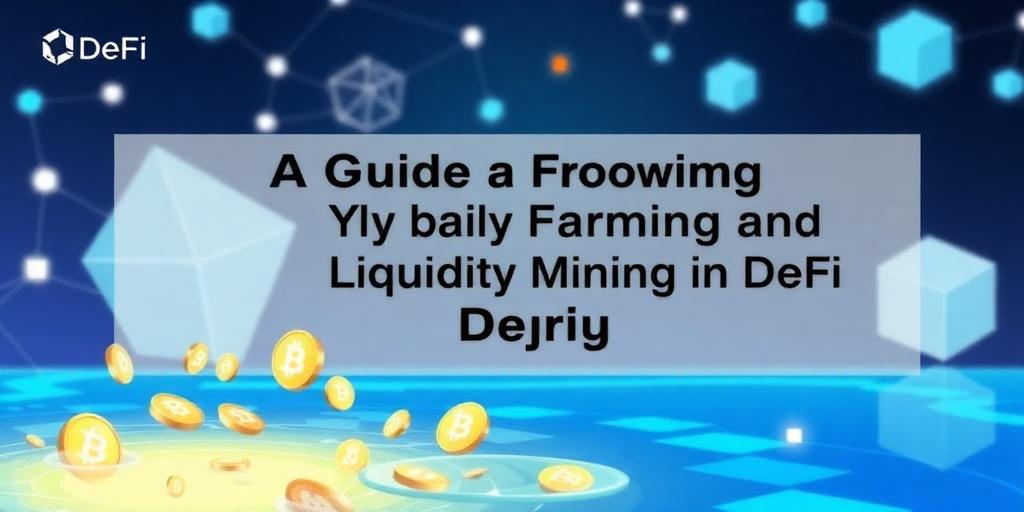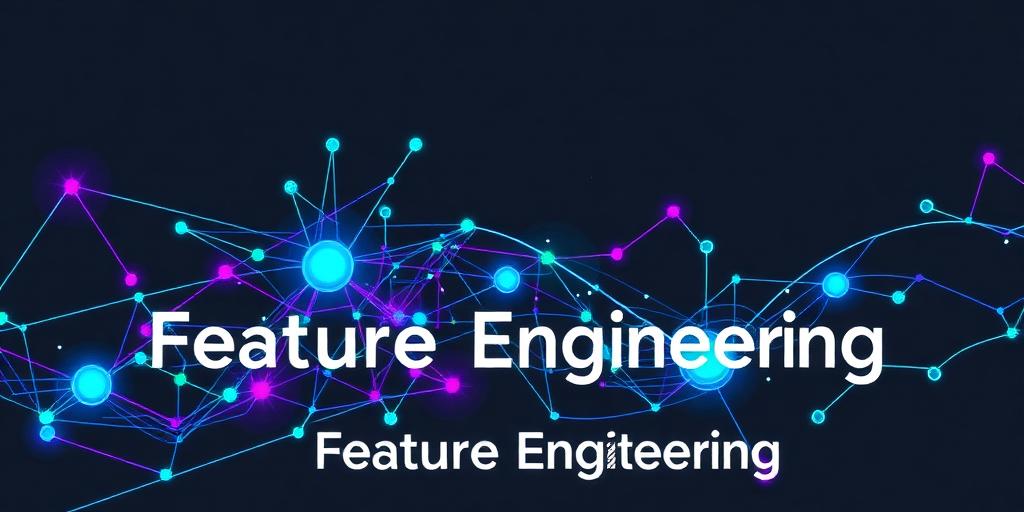Decentralized Finance (DeFi) has revolutionized the financial landscape, offering a myriad of opportunities previously inaccessible through traditional financial systems. Within this rapidly evolving ecosystem, two prominent strategies have emerged as keystones for participants seeking to maximize their digital asset holdings: Yield Farming and Liquidity Mining. This guide elucidates the core principles, mechanics, inherent risks, and strategic considerations associated with these advanced DeFi endeavors.
The Dawn of Decentralized Finance: A Prerequisite
Before delving into the intricacies of yield farming and liquidity mining, a foundational understanding of DeFi is imperative. DeFi represents a paradigm shift, utilizing blockchain technology and smart contracts to create an open, permissionless, and transparent financial system. Unlike traditional finance, DeFi eliminates intermediaries, enabling direct peer-to-peer transactions and financial services. This autonomy empowers users but also necessitates a higher degree of personal responsibility in managing assets and navigating complex protocols.
Understanding Yield Farming: Maximizing Returns on Digital Assets
Yield farming, at its essence, is the practice of leveraging various DeFi protocols to generate high returns on cryptocurrency holdings. It involves strategically moving crypto assets between different lending platforms, liquidity pools, and other DeFi applications to earn the highest possible yields. Participants, known as yield farmers, often seek to capitalize on fluctuating interest rates, reward tokens, and arbitrage opportunities.
Core Mechanics of Yield Farming:
- Lending Protocols: Depositing assets into lending pools (e.g., Aave, Compound) to earn interest from borrowers.
- Liquidity Pools: Providing assets to decentralized exchanges (DEXs) to facilitate trading, earning a share of trading fees.
- Staking: Locking up tokens to support network operations and receive rewards.
- Leverage: Utilizing borrowed funds to amplify potential returns, albeit with increased risk.
Yield farming strategies can range from simple lending to highly complex, multi-protocol operations, often involving the recursive use of assets (e.g., borrowing against collateral to acquire more assets for farming).
Deciphering Liquidity Mining: Fueling Decentralized Exchanges
Liquidity mining is a specific subset of yield farming, intrinsically linked to the provision of liquidity to decentralized exchanges. Participants supply pairs of assets (e.g., ETH/USDC) to a DEX's liquidity pool, thereby enabling others to trade these assets. In return for providing this crucial liquidity, miners receive a portion of the trading fees generated within that pool.
Crucially, liquidity mining often involves an additional incentive: the distribution of new protocol tokens to liquidity providers. This mechanism aims to bootstrap liquidity for nascent or growing DeFi projects, encouraging wider participation and deeper liquidity pools. These newly minted tokens can then be held, sold, or even re-staked in other yield farming strategies.
How Liquidity Mining Differs from General Yield Farming:
While all liquidity mining is a form of yield farming, not all yield farming involves liquidity mining. The distinguishing factor for liquidity mining is the explicit reward in the form of a governance or utility token, often in addition to a share of trading fees, for the specific act of providing liquidity to a decentralized exchange.
Key Differences and Synergies
- Focus: Yield farming is a broad strategy for optimizing returns across various DeFi avenues. Liquidity mining specifically focuses on incentivizing liquidity provision to DEXs.
- Incentives: Yield farming rewards are primarily interest, trading fees, or asset appreciation. Liquidity mining adds the incentive of new protocol tokens.
- Risk Profile: Both carry significant risks, but liquidity mining introduces the specific risk of the newly acquired protocol token's value volatility.
Many sophisticated yield farming strategies incorporate liquidity mining as a fundamental component, using the earned protocol tokens to further generate yield or diversify portfolios.
Inherent Risks and Critical Considerations
Engaging in yield farming and liquidity mining is not without substantial risks. A comprehensive understanding and mitigation strategy for these risks are paramount for prudent engagement.
- Impermanent Loss: This is a significant risk unique to providing liquidity to volatile asset pairs. It occurs when the price ratio of assets in a liquidity pool changes from the time they were deposited, potentially resulting in a loss compared to simply holding the assets outside the pool. Impermanent loss becomes permanent if liquidity is withdrawn while the price divergence persists.
- Smart Contract Vulnerabilities: DeFi protocols rely on smart contracts, which can contain bugs or vulnerabilities. A flaw in the code could lead to the loss of deposited funds.
- Rug Pulls and Scams: Malicious actors can launch projects with enticing yields, only to abruptly withdraw all liquidity and disappear with investors' funds. Thorough due diligence is essential.
- Liquidation Risk: When using leverage or borrowing against collateral, significant market volatility can lead to liquidation of positions if the collateral value drops below a certain threshold.
- Gas Fees: Ethereum's high transaction fees (gas) can significantly erode profits, especially for smaller capital allocations or frequent rebalancing.
- Regulatory Uncertainty: The regulatory landscape for DeFi is still evolving, posing potential future risks.
Best Practices for DeFi Participants
To navigate the complex world of yield farming and liquidity mining effectively, adherence to best practices is crucial:
- Thorough Research (DYOR): Always conduct extensive research into any protocol before depositing funds. Examine audits, team reputation, community engagement, and tokenomics.
- Understand Impermanent Loss: Model potential impermanent loss for specific asset pairs and only provide liquidity to pools where you accept this risk.
- Start Small: Begin with a small portion of your capital to understand the mechanics and risks before committing larger sums.
- Diversify: Distribute your assets across multiple protocols and strategies to mitigate single-point failure risks.
- Monitor Regularly: Actively track your positions, market conditions, and protocol updates. Be prepared to adjust strategies as needed.
- Security Hygiene: Use hardware wallets, enable two-factor authentication, and be wary of phishing attempts.
Conclusion: Navigating the Frontier of Finance
Yield farming and liquidity mining represent sophisticated strategies for generating returns within the decentralized finance ecosystem. While they offer compelling opportunities for capital efficiency and passive income, they also demand a high degree of technical understanding, risk awareness, and continuous vigilance. For informed participants willing to undertake the necessary due diligence, these strategies offer a glimpse into the future of open, programmable finance, empowering individuals to become active stewards of their own digital wealth.









